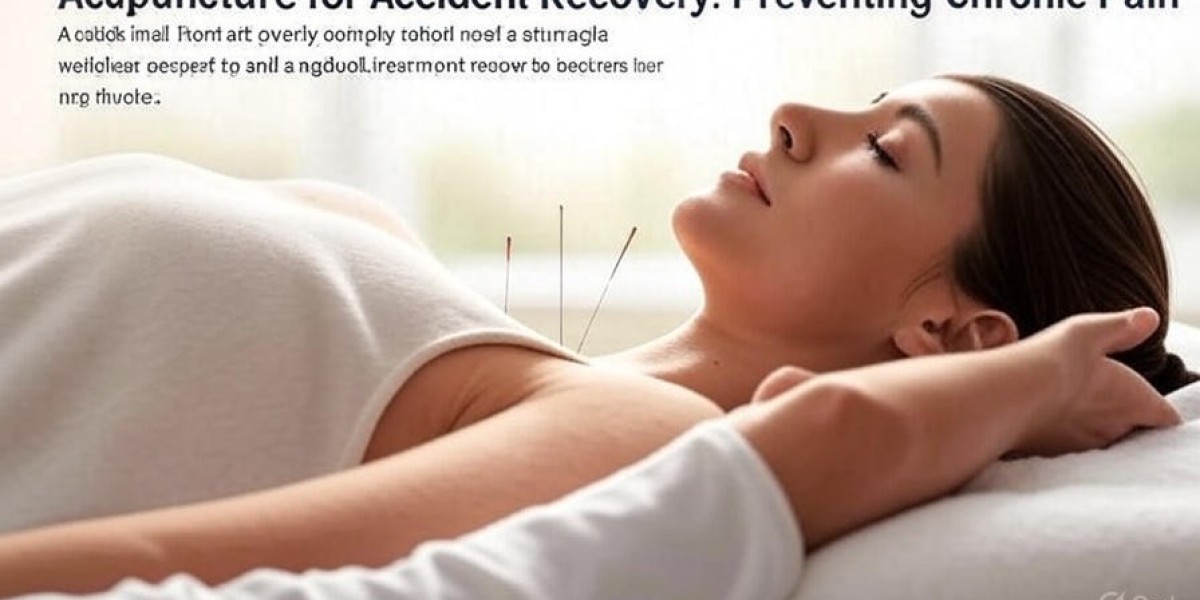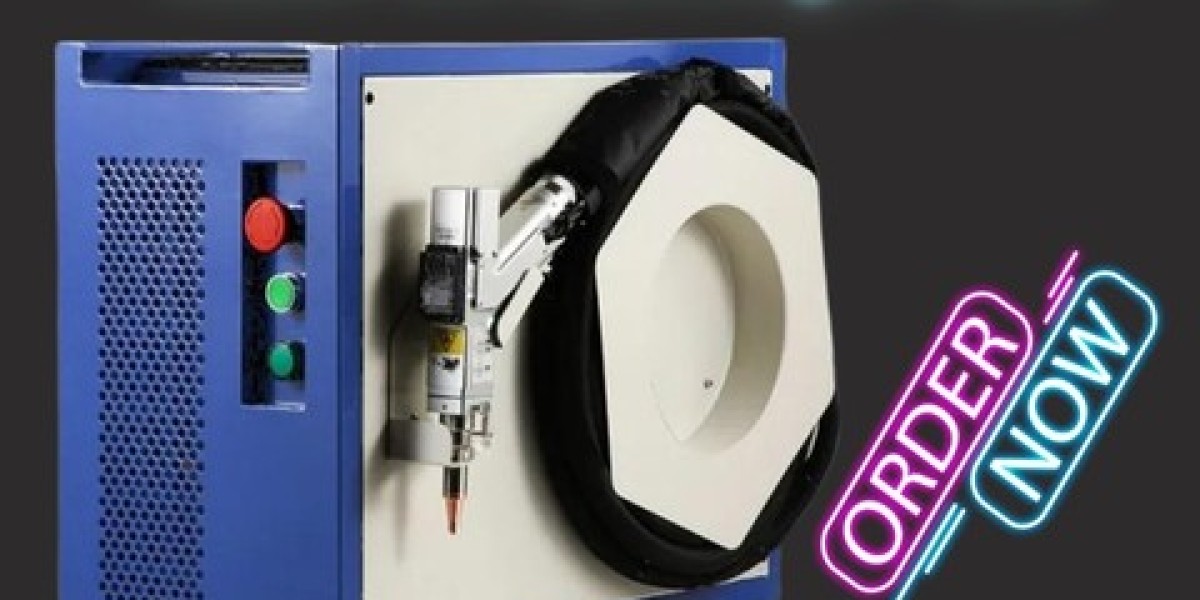The Critical Window: Why Acupuncture is Key to Preventing Chronic Pain from a Car Accident
In the immediate aftermath of a car accident, the focus is right on initial medical treatment. Emergency room visits, X-rays, and consultations with doctors are crucial for addressing acute injuries. However, what happens in the weeks and months that follow is just as important—and often determines whether a person makes a full recovery or is left with a lifetime of chronic pain.
Many seemingly minor injuries from a collision, such as whiplash or soft tissue sprains, can set the stage for long-term disability. This is because the body's initial trauma response—inflammation, muscle spasms, and altered nerve signals—can become a chronic state. This is where an integrative approach to healing becomes not just beneficial, but essential. Acupuncture for accident recovery is emerging as a critical, evidence-based therapy that, when used early and consistently, can disrupt this cycle and prevent acute pain from becoming chronic.
The Cycle of Pain: How Acute Injuries Become Chronic
To understand why acupuncture is so effective, we first need to understand the physiological process that leads to chronic pain after an injury.
Initial Trauma: The sudden force of a car accident creates micro-tears in muscles, ligaments, and tendons. This triggers an inflammatory response as the body rushes to heal the damaged tissue.
Inflammatory Cascade: While inflammation is a necessary part of healing, if it persists, it can become a problem. Chronic inflammation can cause pain signals to be sent to the brain even when the initial injury is no longer a threat.
Muscle Guarding and Spasms: In response to injury, the nervous system tells surrounding muscles to contract and "guard" the injured area. This protective mechanism, if sustained, leads to muscle spasms, stiffness, and restricted movement. Over time, these tight muscles can compress nerves and blood vessels, creating new sources of pain.
Altered Nerve Signals: The nervous system itself can become sensitized to pain. Even a mild stimulus that would not have been painful before the accident can become a source of significant discomfort. This phenomenon, known as central sensitization, is a key characteristic of chronic pain.
Once this cycle begins, it can be very difficult to break. Conventional treatments like pain medication often only mask the symptoms without addressing the underlying physiological mechanisms. This is why a holistic approach like acupuncture for accident recovery is so vital.
Acupuncture: Disrupting the Chronic Pain Cycle
Acupuncture, rooted in Traditional Chinese Medicine (TCM), works on a different principle. It aims to restore the body’s natural ability to heal by addressing the root cause of the pain, not just the symptoms. From a Western medical perspective, the effectiveness of acupuncture for accident recovery lies in its ability to influence the nervous system, reduce inflammation, and promote blood flow.
1. Modulating the Nervous System
Acupuncture is a powerful tool for calming the nervous system and breaking the cycle of muscle guarding and altered nerve signals. The insertion of ultra-fine needles stimulates specific points, which sends signals to the brain. In response, the brain releases a cascade of neurochemicals, including:
Endorphins: The body’s natural painkillers. They provide a powerful analgesic effect, reducing the need for pharmaceutical pain medication.
Serotonin and Norepinephrine: These neurotransmitters help regulate mood, sleep, and the body's perception of pain. By promoting their release, acupuncture can help combat the anxiety and stress that often accompany a traumatic injury.
Adenosine: Research shows that acupuncture triggers the release of adenosine, a natural anti-inflammatory compound that helps to reduce localized swelling and pain.
By directly influencing the nervous system, acupuncture for accident recovery can effectively "reset" a sensitized nervous system, preventing a short-term pain response from becoming a long-term problem.
2. Reducing Persistent Inflammation
While some inflammation is good, chronic inflammation is detrimental. Acupuncture has a well-documented anti-inflammatory effect. Studies show that it can reduce pro-inflammatory chemicals and increase anti-inflammatory chemicals in the body. This is crucial for healing the deep tissue injuries that result from a collision, such as whiplash. By consistently reducing inflammation from the beginning, acupuncture helps to prevent the tissue damage and nerve irritation that can lead to chronic pain.
3. Accelerating Tissue Repair
Healing requires a consistent supply of oxygen and nutrients. A key benefit of acupuncture for accident recovery is its ability to improve local and systemic blood flow. The insertion of needles prompts vasodilation, the widening of blood vessels, which increases circulation to the injured area. This enhanced blood flow:
Delivers Essential Nutrients: It brings oxygen, white blood cells, and other healing compounds to the site of the injury, accelerating the repair of damaged tissue.
Removes Waste Products: It helps clear away metabolic waste products that can accumulate in an injured area, reducing stiffness and soreness.
By supporting the body’s natural healing processes, acupuncture ensures that the body is able to repair itself efficiently and correctly, without the lingering inflammation and scar tissue that can cause chronic pain.
The Critical Window of Opportunity
The most crucial time to start acupuncture is as soon as you have been medically cleared by a doctor—within the first few days or weeks after the accident. This "critical window" is when the inflammatory and nervous system responses are still acute and have not yet become chronic.
Starting acupuncture for accident recovery early allows you to:
Manage Acute Pain Naturally: It provides powerful pain relief without the side effects and risks associated with long-term reliance on prescription pain medication.
Prevent Muscle Spasms: It addresses muscle tension before it becomes a chronic issue, preserving mobility and preventing secondary injuries.
Calm the Nervous System: It can help reduce the initial shock and anxiety of the accident, which can have a profound impact on physical healing.
Accelerate Healing: By promoting blood flow and reducing inflammation, it can shorten the overall recovery time.
This proactive approach is far more effective than trying to reverse chronic pain that has been established for years. The benefits of acupuncture for accident recovery are truly preventive.
Finding a Qualified Practitioner and Navigating Insurance
When seeking acupuncture after an accident, it is vital to find a qualified, licensed practitioner who has experience treating motor vehicle injuries. They will be familiar with common trauma patterns and can work with your medical doctor and other healthcare providers to create a comprehensive treatment plan.
Furthermore, most car insurance policies with Personal Injury Protection (PIP) or medical payments coverage will cover acupuncture for accident-related injuries. It is important to confirm your coverage and work with a clinic that can handle the necessary billing and paperwork. The ability to access acupuncture for accident recovery through insurance makes this vital therapy accessible to those who need it most.
A Final Word on Your Recovery
A car accident is a life-altering event. While the physical injuries may seem minor at first, the risk of developing chronic pain is very real. By choosing an integrative approach to healing, and by incorporating acupuncture for accident recovery early in your journey, you are not just treating pain—you are investing in your long-term health and well-being. It is a proactive step that can make the difference between a full recovery and a lifetime of chronic pain.







